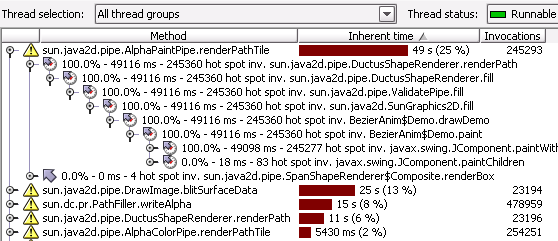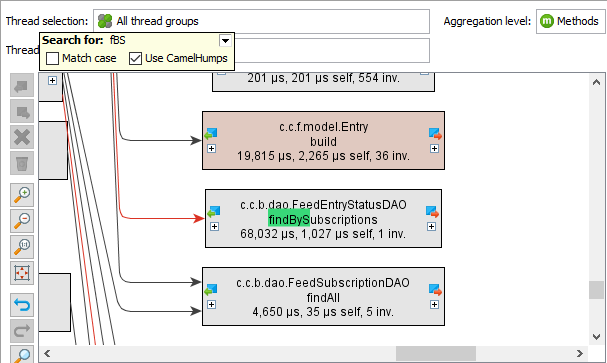

cat file1 file2 file3 > concatenated-file). This feature does not apply to vmstat and iostat files that provide only time and not date: in this case concatenate the files by yourself in the right order and load the result (e.g. There is no requirement on file names since pGraph will use time stamps inside the files to correctly merge data. pGraph is capable of automatically merge the content of files and treat them as a single input stream: just put all files in the same directory and load them with the single host, multiple files option. The same performance tool can be run several times (for example, an nmon running every day for 24 hours) on the same operating system and the administrator may need to study all the outputs.

When the file is completely loaded, a set of graphs are made available, depending on the file content (for example, iostat does not provide CPU data). When a single file is selected, pGraph automatically detects its type and parses it.
#JAVA GRAPH BUILDER DOWNLOAD#
PGraph is packaged in a single Java jar file available in the download section of this page. If you have any problem or any suggestion to improve pGraph, please send me a mail ( Since new features are mostly suggested by users, propose yours! The tool is constantly updated to match changes in tool syntax, to manage new data types and to add new features.

data file can be in GZIP format (highly recommended to save space).multiple operating systems (AIX, Linux, Solaris, HP-UX).support for multiple data formats (nmon, vmstat, topasout, iostat, lslparutil, sar).

There is no limit on input data size and user can view graphs related to the entire timeframe or can select a specific time period. PGraph is a Java program designed to read multiple performance data formats and to produce graphs either interactively or in batch mode.


 0 kommentar(er)
0 kommentar(er)
